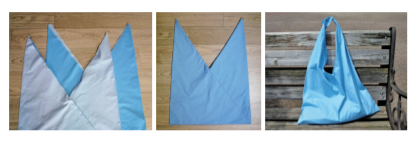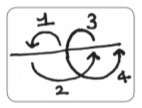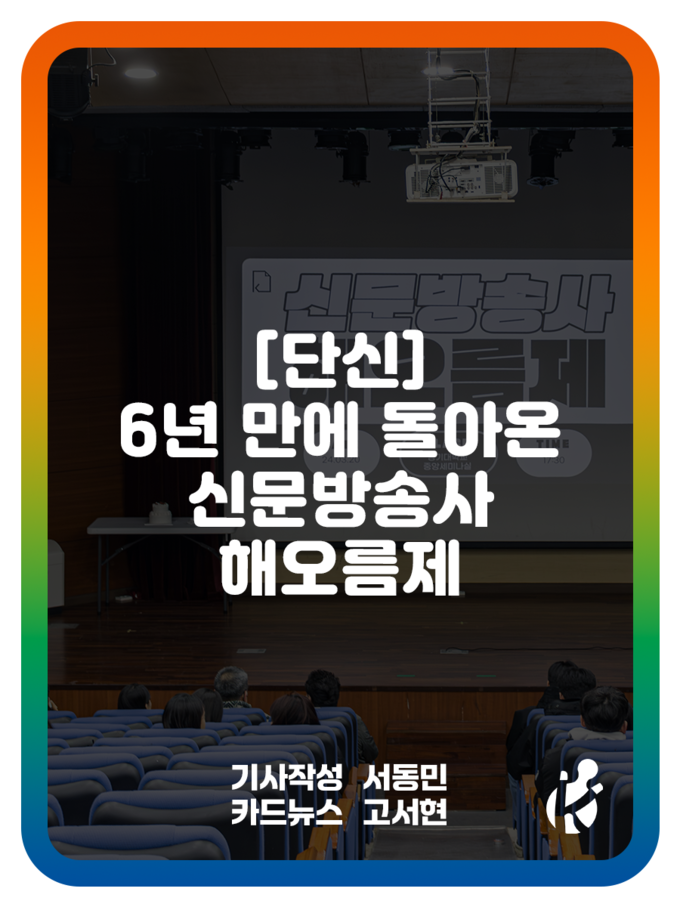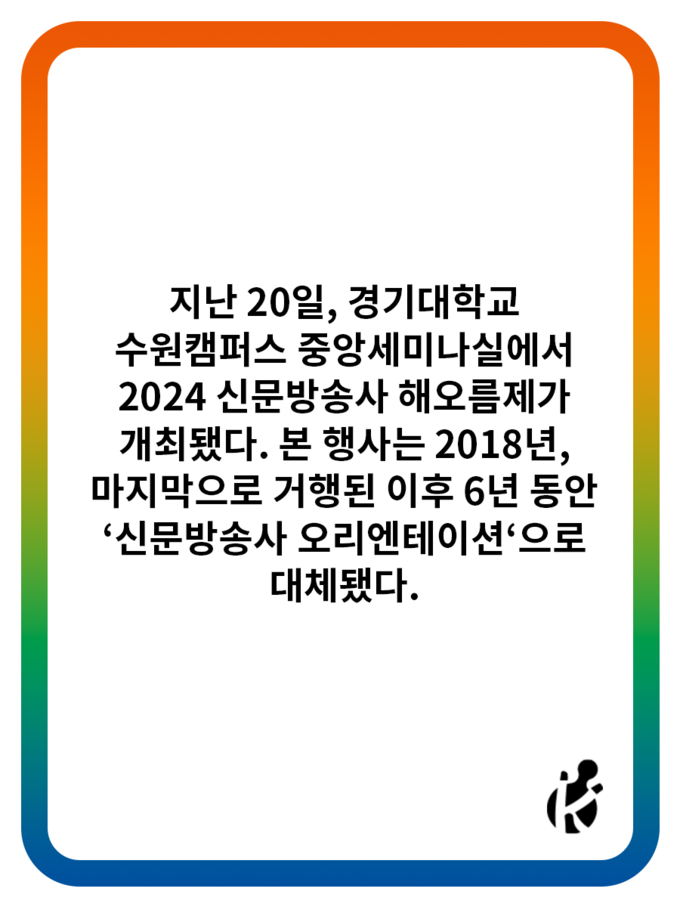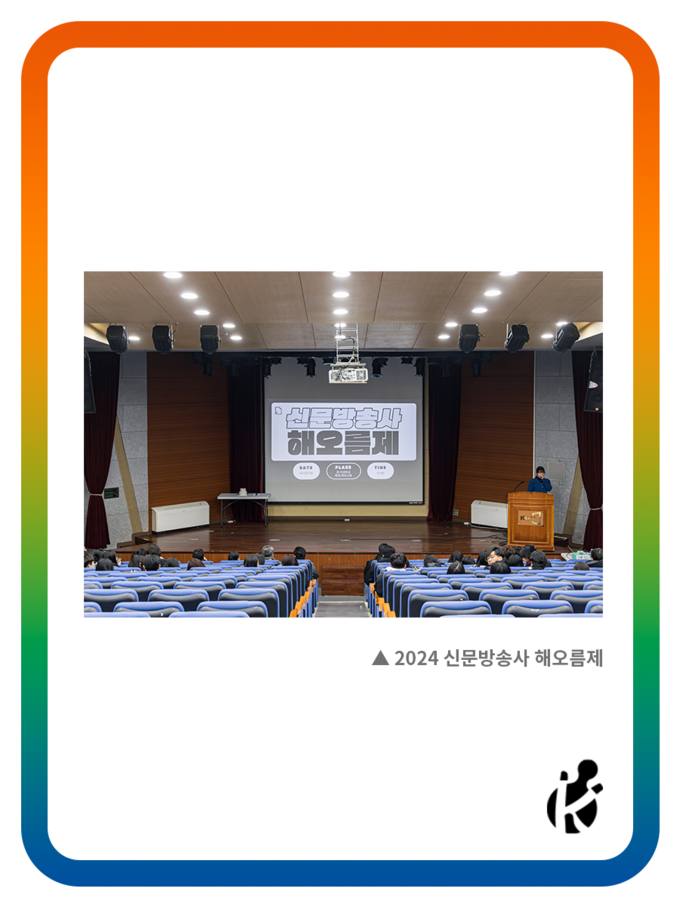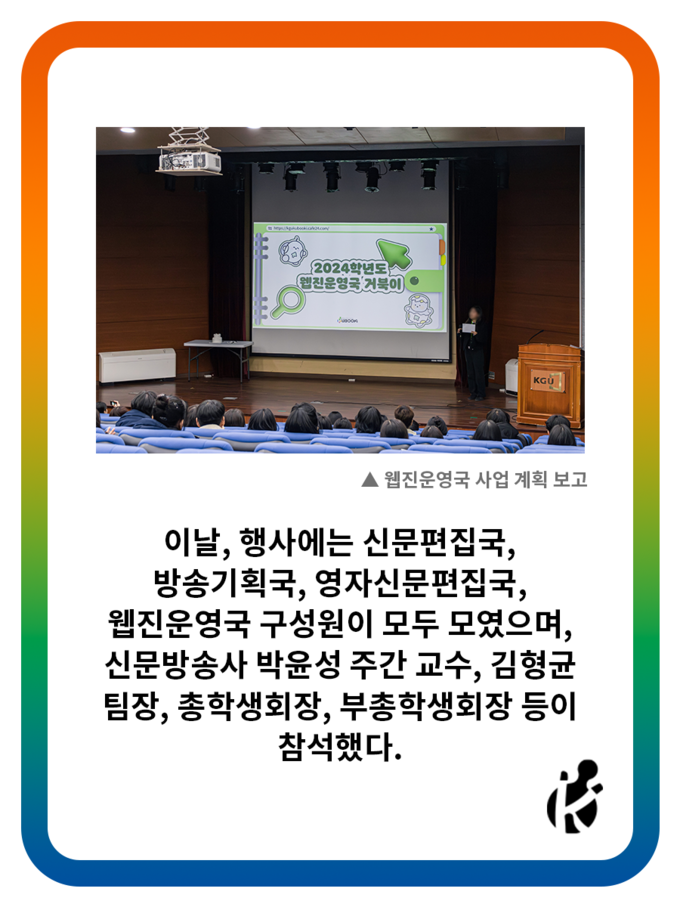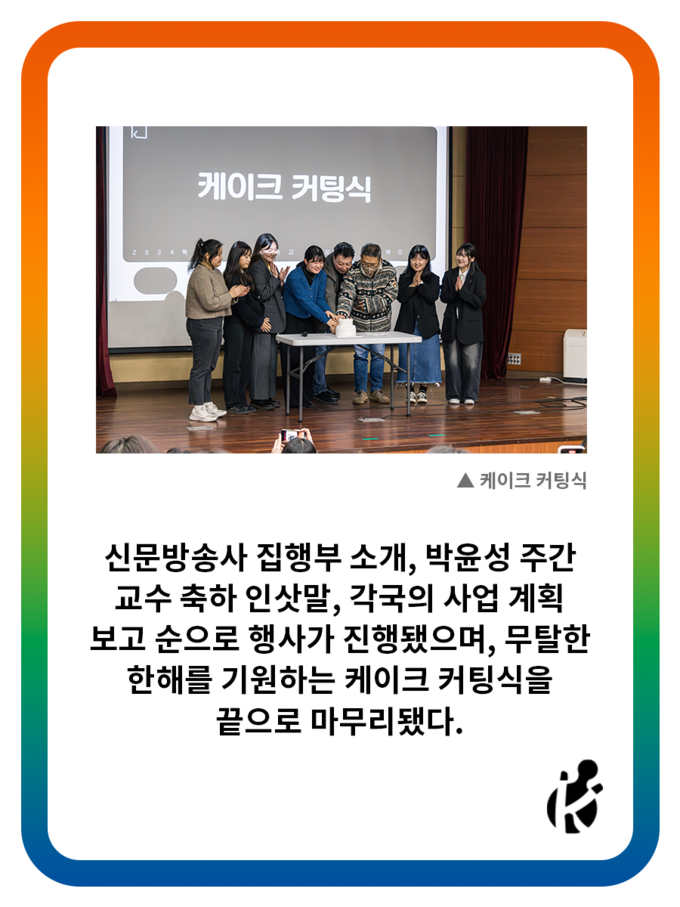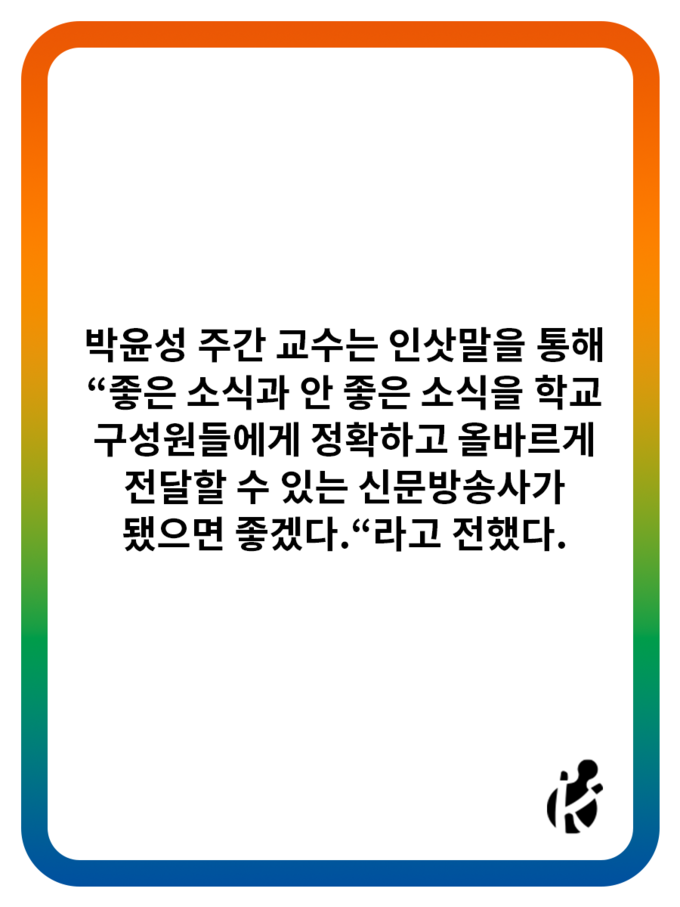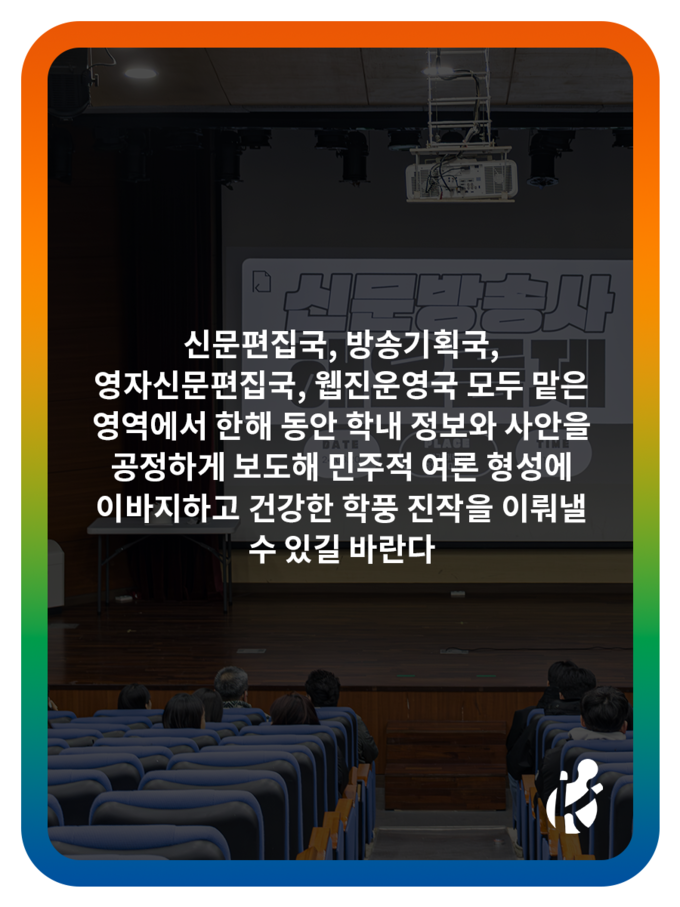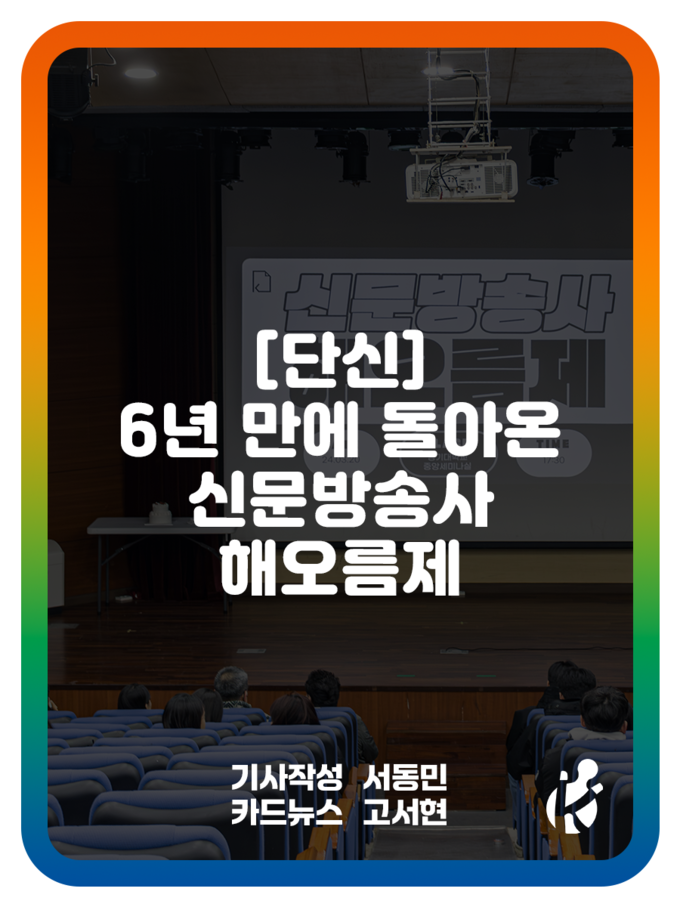Recently, students has been restricted by COVID-19 from going out, so they spend more time at home. Accordingly, indoor activities such as making Dalgona coffee, enjoying camping at home and exercising are in the spotlight. Among them, sewing crafts is an activity that was not frequently encountered unless it was in a practice session for engineering and home economics classes in high school. Now, however, it is popular as it has become one of the “hobby only done at home.” In particular, beginners can easily make clothes and daily necessities, which have a low entry barrier. The Pharos will recommend sewing crafts for each level of difficulty for students who are very bored staying at home. There are sewing machines that are powered by electricity, but we intend to focus on crafts that can be done easily by hand sewing.
[Difficulty ★] Scrunchy
The Scrunchy, also known as the “Beef Tripe (shape) band,” became popular in the 90s, and then became a rising fashion item because entertainers such as Jennie, IU and Joy used them. Scrunchies can be used to create a variety of hair-styles, including half-up ponytail hair and pigtails, and they can create a unique atmosphere depending on which design you use. What’s amazing is that they are easy to sew in 5-10 minutes. Even if you don’t buy the fabric separately, you can create them with thread, needles, rubber bands and fabric or cloth that you no longer need to use at home. Sewing can be done with a broad-stitch or backstitch technique.
< The process of making one >
1. Cut the fabric into a rectangle of the desired size first and fold it in half so that the edges meet each other.
2. Sew the edges together except for a 5-6 cm section at both ends.
3. Turn the fabric so that the sewed surface is visible, and sew each end on one side to the corresponding end on the other side.
4. Using the opening, insert a rubber band through the cloth and tie a knot tightly about two times.
5. Finally, sew the opening with a circular motion.
* Tip: The fabric size should be 12 cm long and 70 cm wide. If the rubber band is difficult to insert, it is easy to put a safety pin on the rubber band and pull it out of the cloth.
[Difficulty ★★] A pouch with a zipper
If you want to go further than in step 1, you can make a pouch with a zipper. A pouch with a zipper makes it easy to carry cosmetics and other items when you go out, and is often used in real life, so it is highly utilized. The process of making one is mainly to attach and zip cloth together, but it should be noted that the cloth should be stitched upside down. Don’t make a mistake or it will not be a pouch, but just a piece of cloth. If you’re not confident, it’s also good to sew the outer fabric without a lining. It does not matter whether you use a broad-stitch or backstitch, but a backstitch is recommended if you want to use the pouch for a long time because it makes the construction strong.
< The process of making one >
1. Attaching the zipper: Lay the fabric, zipper and lining together in that order then sew the pieces together and do decorative saddle stitching.
2. Sewing the sides: Turn the fabric upside down and place the outer and lining layers around the zipper. Then sew the sides of the fabric with one opening left in the lining.
3. Flipping the fabric and finishing: Flip the fabric through the opening and sew it.
* Tip: Decorative saddle stitching is a method of stitching the edges of lined clothing or cushions so that the stitches are exposed. You can sew the pouch neatly later if you do seaming on the side of the opening.
[Difficulty ★★★] A triangular shoulder bag
Those with more than a beginner’s sewing skills are proficient enough to make shoulder bags. Thick fabrics such as canvas and cotton cloth can be difficult to work with when hand sewing, so it will be easier to use thin fabrics. Shoulder bag sewing is a process in which you usually attach overlapping fabrics, but if you join them incorrectly, the fabric can get tangled. Accordingly, it is important to remember the order carefully. If you make it through this difficult process, a truly unique bag will be yours. Backstitching is a suitable sewing method because shoulder bags have to bear a lot of weight in order to hold things.
< The process of making one >
1. Cut the outer and lining pieces of the fabric into a parallelogram shape, and then sew the outer fabric pieces 1 centimeter from the edges to attach the outer surfaces together. Sew the lining fabric in the same way.
2. Put the lining inside the outer fabric and adjust the center well.
3. Sew the outer surface and the inner surface together. Leave 15 centimeter on one side to create an opening, and then sew the other side in the same way, but do not have an opening.
4. Pull the fabric through the opening and sew the bag 0.2 centimeter from the inside edge of the opening.
5. Overlap both shoulder straps and fasten them by attaching a button on them.
* Tip: In the middle of sewing, ironing the cloth prevents it from getting bumpy, and you can sew it in place move easily.
< How to Sew >
1. Broad-stitch
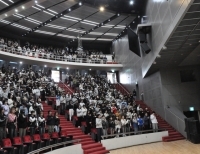 What Happened in KGU? : 수원캠퍼스 학생총회 편
On April 4th, a general meeting of students was held in the Tele-convention center at the Suwon campus. The contents were the same as the general meeting of students in the Seoul campus: the first part was for agenda announcement, the second part was about the Membership Training for whole university, and the third part was simple Q&A time. In the first part, the agendas were all the same as the ones for the Seoul campus, and the result of the ...
What Happened in KGU? : 수원캠퍼스 학생총회 편
On April 4th, a general meeting of students was held in the Tele-convention center at the Suwon campus. The contents were the same as the general meeting of students in the Seoul campus: the first part was for agenda announcement, the second part was about the Membership Training for whole university, and the third part was simple Q&A time. In the first part, the agendas were all the same as the ones for the Seoul campus, and the result of the ...

 [1100호 축사] 경기대 역사의 寶庫 경기대신문의 1100호 발행을 축하드립니다
[1100호 축사] 경기대 역사의 寶庫 경기대신문의 1100호 발행을 축하드립니다
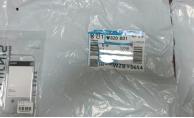 [와이파이] 큰 박스에 달랑 물건 하나, 과대포장 규제 정책 시행은 언제쯤
[와이파이] 큰 박스에 달랑 물건 하나, 과대포장 규제 정책 시행은 언제쯤
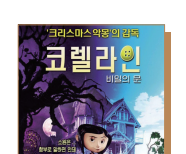 [문화산책] 이 세계는 멋져 보이지만 모두 환상이야
[문화산책] 이 세계는 멋져 보이지만 모두 환상이야
 [진리터] 1100호가 우리의 종착지는 아니니까
[진리터] 1100호가 우리의 종착지는 아니니까

 목록
목록






